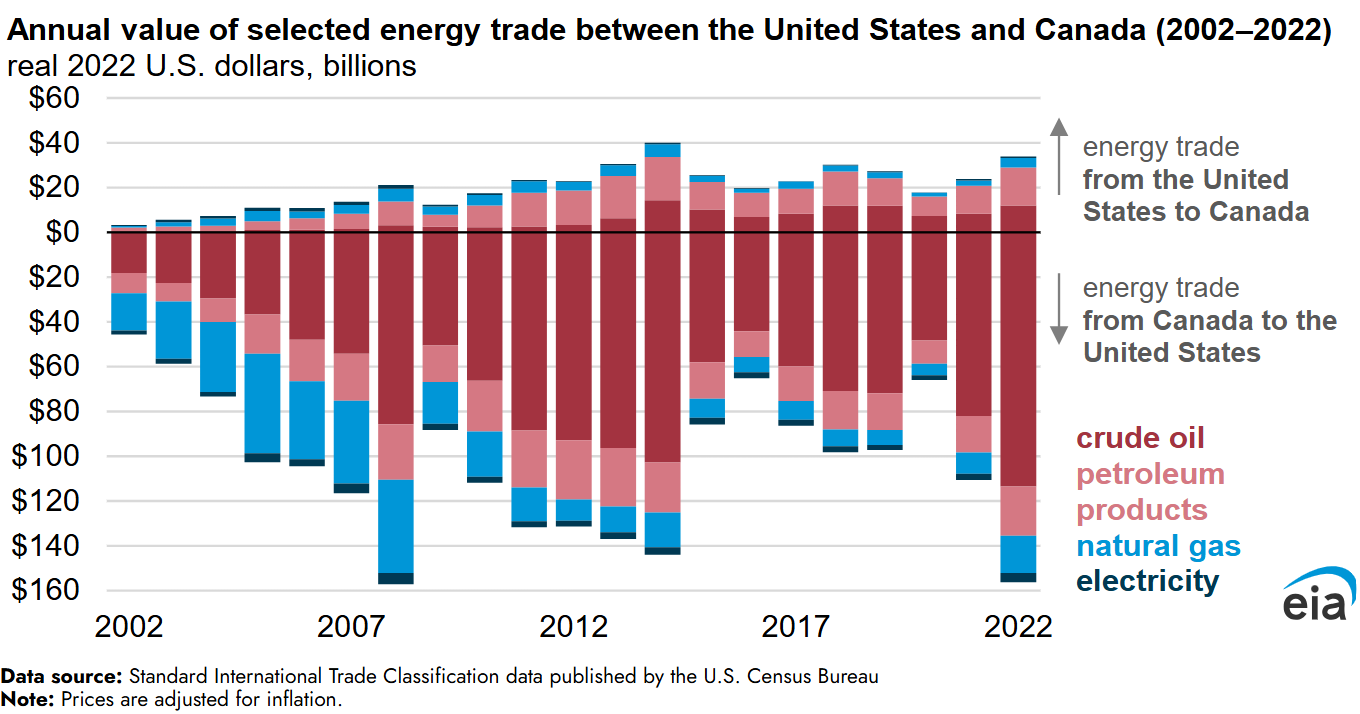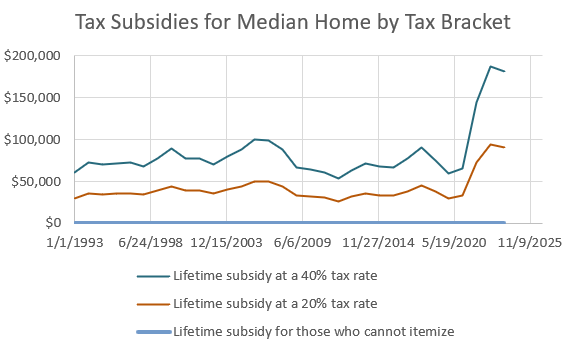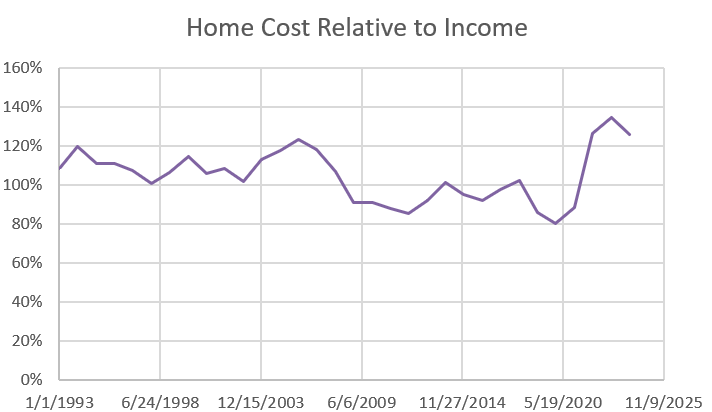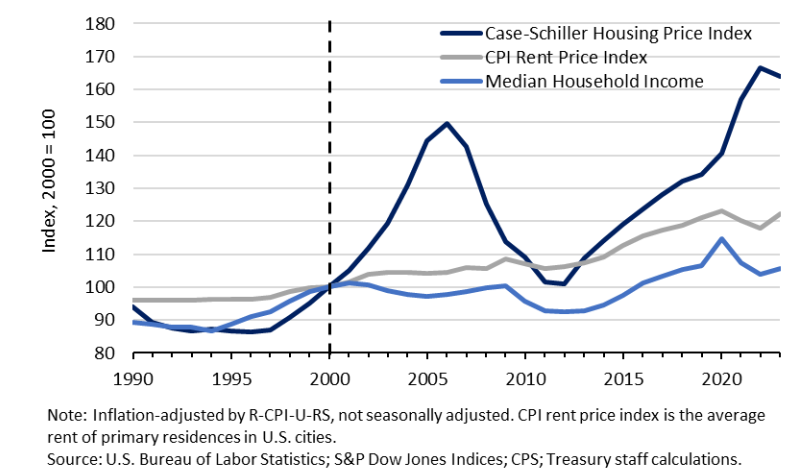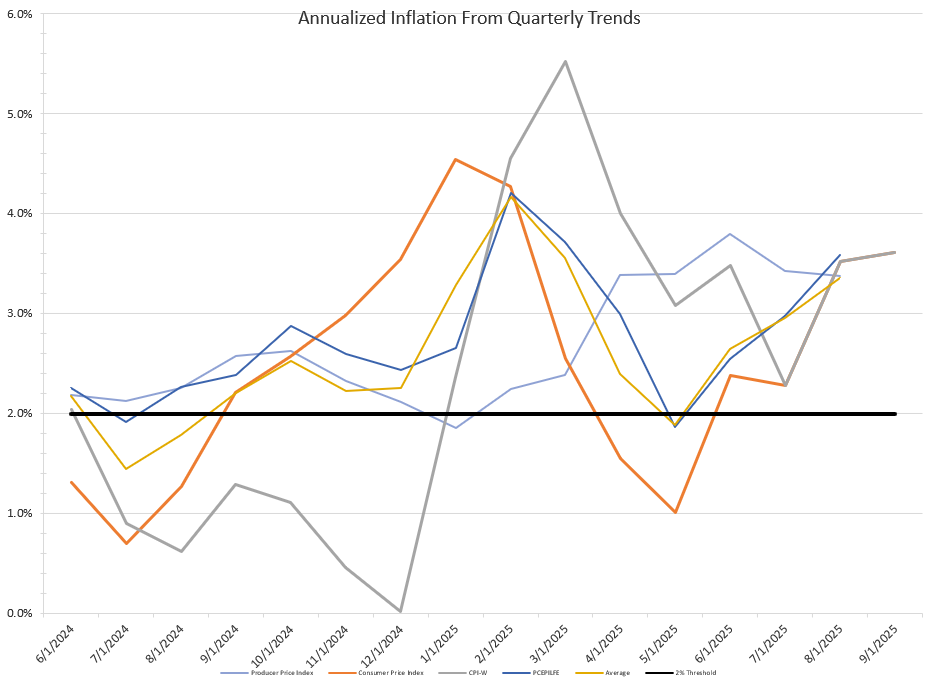Colin Read • August 27, 2023
Four in the Last Ninety - August 27, 2023
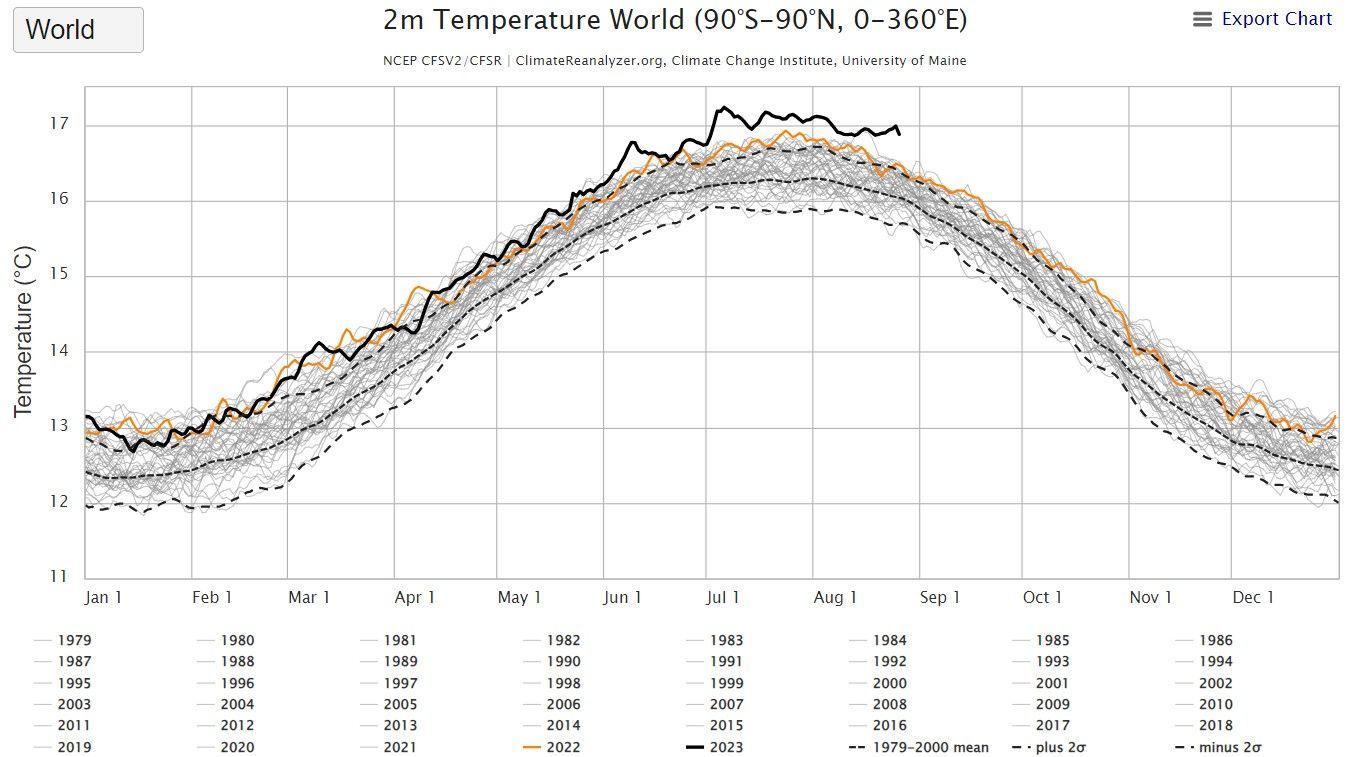
As Labor Day approaches and summer comes to an end, it is worth reflecting just how unusual this summer has been.
If we go back 90 days to June 1, the data shows that four of these last ninety days have been the second hottest day of the year on record.
To be the second hottest for four days out of ninety is worrisome and rare. That statistic alone demonstrates that 2023 stands out as a very hot one.
But here’s the kicker. The other 86 days that were not the second hottest temperature recorded for each of these days. They had a more ominous distinction. They were the hottest for each date on record.
With 86 out of 90 days suffering record breaking heat, certainly 2023 will go down as the hottest year in recorded history, and unparalleled in past centuries and even millennia. Antarctica is missing more ice than ever recorded, by a large amount, and numerous routes through the Arctic, both on the Canadian and Siberian side, have been ice-free more substantially and earlier than almost any other year. Even the North Pole itself is on thin and broken ice.
Only the years 2002, 2005, and 2016 had a day or two that was warmer than the corresponding day this year. Otherwise, 2023 will go down as a record-smashing year, at least until 2024.
Modern global temperatures are typically benchmarked to the prevailing temperatures of 1850 to 1880 on the cusp of the petroleum period. From the 1870s right up to the 1910s, the global average temperature hovered around 13.7 degrees Celsius. By the 1980s through the 2000s, this temperature rose to 14.3 degrees, an increase of about .6 degrees Celsius.
Over the past 90 days, the global temperature is another .9 degrees Celsius compared to the 1980-2010 period. That places us at 1.5 degrees Celsius over the pre-industrial era, and at the threshold political leaders worldwide pledged to avoid.
What does a 1.5 degree Celsius temperature mean? I document in my forthcoming textbook Understanding Sustainability Principles and ESG Policies (coming out Oct. 9) the various climate phenomena that are triggered once we trip this 1.5 degree tipping point. It all comes down to feedback.
When many think about feedback, we may think of the “positive feedback” teachers tell students to instill the notion that everyone is exceptional and, at Lake Wobegon, everyone is above average. To physics and audio nerds, that may be feedback but universal feedback is not positive feedback technically.
Positive feedback to scientists is a self-generating force that amplifies a condition. The force that caused the notorious Tacoma Narrows Bridge to disintegrate was positive feedback, as is the loud screech coming from a speaker in too close proximity to the microphone feeding it. Meanwhile, negative feedback is a condition that reduces or moderates a force, such as a shock absorber that dampens oscillations of a car as it drives over bumps.
The danger of tripping the 1.5 degree threshold is that it induces a further worsening of global warming. Climate scientists have identified a few important tipping points when 1.5 degrees is triggered, and even more tipping points if the 2.0 temperature threshold is exceeded. These tipping points explain why 2023 may well be the first of a string of worsening years.
These tempests in a teapot that are triggered by a 1.5 degree industrial age temperature increase include:
- Greenland ice sheet collapse
- West Antarctic ice sheet collapse
- Labrador/Irminger Seas convection collapse
- Atlantic Meridional Overturning Circulation collapse
We are seeing symptoms of these various collapses. Indeed, the Greenland and West Atlantic ice sheets are melting at unprecedented rates. The warming of these regions are further amplified by the Albedo Effect that replaces white Arctic and Antarctic Ocean ice with blue sea that more rapidly absorbs solar heat rather than reflects it back to space. The Arctic and Antarctic are reaching historically low levels of ice cover extent at an alarming rate. These feedbacks are causing polar regions to experience dramatically higher average temperatures approaching 5 degrees Celsius rather than the one or two degrees experienced elsewhere. Of course, these high extreme latitude temperatures merely accelerates the feedback process.
The two other tipping points are less localized to polar regions, but are nonetheless triggered by polar warming. Ocean convection currents arise partly because of the same forces that drive our weather. Differences in atmospheric pressure and temperature induce equalizing currents in our atmosphere and in our oceans. A warming arctic and melting ice increases the fresh water content of our oceans and reduces what has traditionally been a higher Arctic Ocean water density. Global warming also reduces the temperature differential between tropical and arctic waters.
These effects reduce the flow of water from areas such as the Gulf of Mexico to Europe, known as the Gulf Stream. Reduced energy flow between lower and higher latitudes then results in greater polar energy concentration, a disruption in the jetstream, and, ironically enough, a cooler Europe but a warmer Arctic and North America.
The Northern Hemisphere is more prone to these effects than its Southern counterpart. The Southern Hemisphere is mostly ocean, which is much more effective at absorbing the sun’s heat energy. In fact, more than 90% of the sun’s heat is absorbed by oceans, which heat up more slowly than land, but end up storing much more energy that will surely be released upon us. This southern oceans phenomenon is why the average global temperature in our winters (and their summers) is lower, as the sun is warming the atmosphere less but seawater much more. The issue we are seeing now with El Nino -induced heat waves and more powerful storms is but a modest indicator of what we will see with ocean warming in the future.
While we have only seen a few tipping points exceeded with a 1.5 degree temperature increase, another nine are invoked once 2.0 degrees is exceeded. The problem is that the tripping of these 1.5 degree points creates the momentum to much more quickly glow through 2.0.
Scientists have warned policymakers about the 1.5 degree threshold not because 1.5 degrees is too warm, but because 1.5 degrees opens the door for 2.0 degrees, when real destabilization begins.
If the trend for the last few months continues, we have unleashed the 1.5 degree tempest. Even if the Earth went carbon-neutral tomorrow, the Genie is already out of the bottle. That does not mean we should give up, though. We can at least slow down her wrath, and perhaps over some centuries begin to reverse it through carbon sequestration and a carbon-negative strategy. It will require a willingness to change from us all. The funny thing is, though, that while such a transition to a more sustainable future is difficult and costly in the short run, sustainable practices are actually less expensive in the long run. Just like the Fram OIl Filter Man used to say, “You can pay me now, or you can pay me later.”
I’d prefer to pay now and try to leave not so much degradation of the Earth for our grandchildren to manage.

